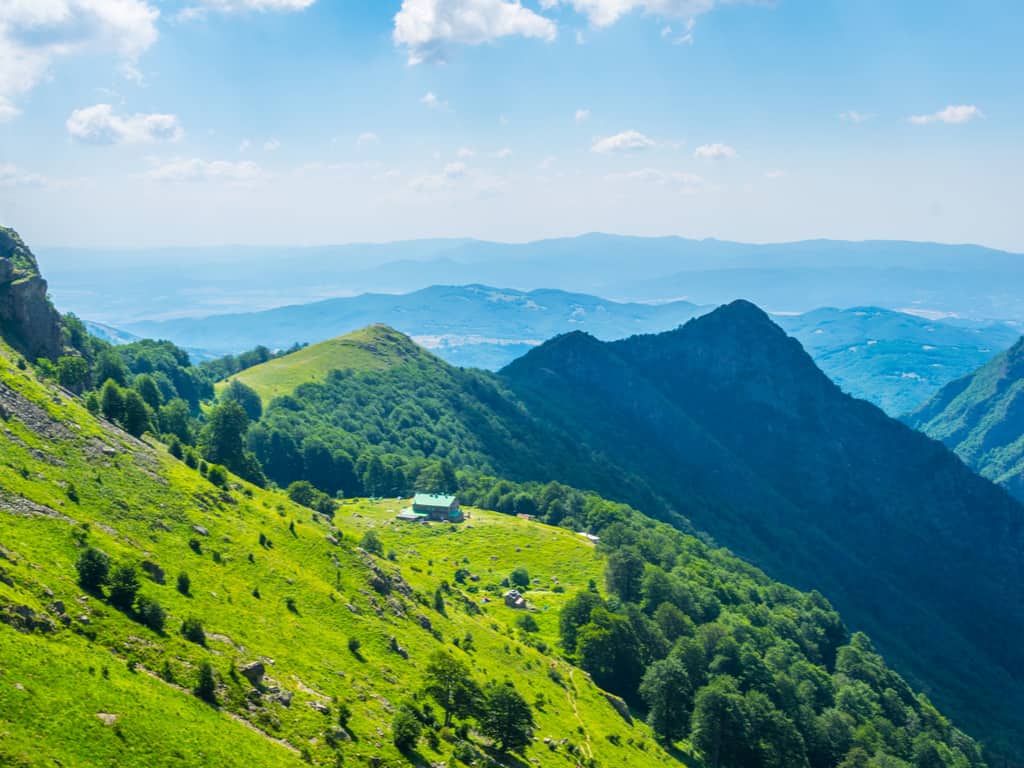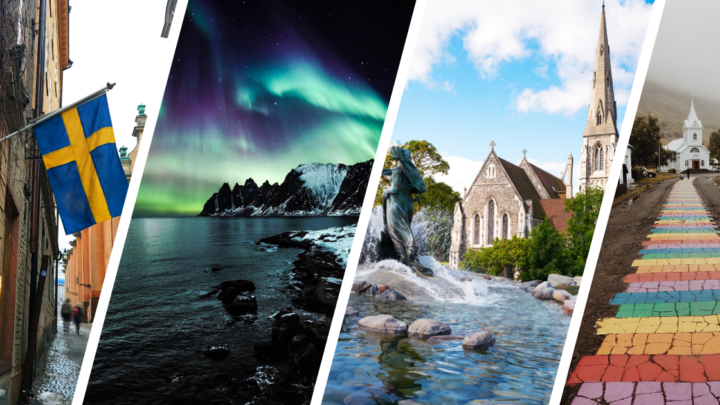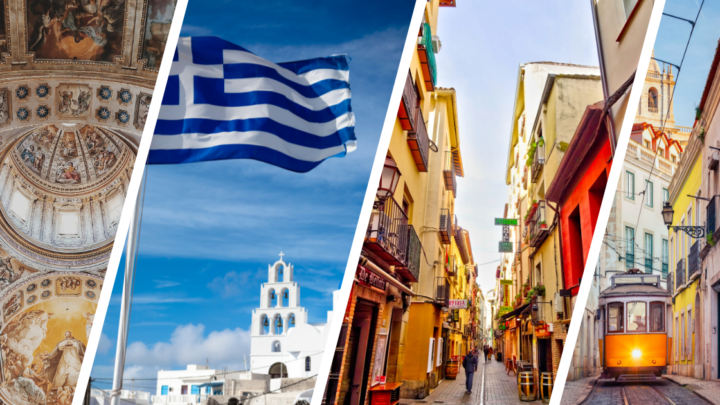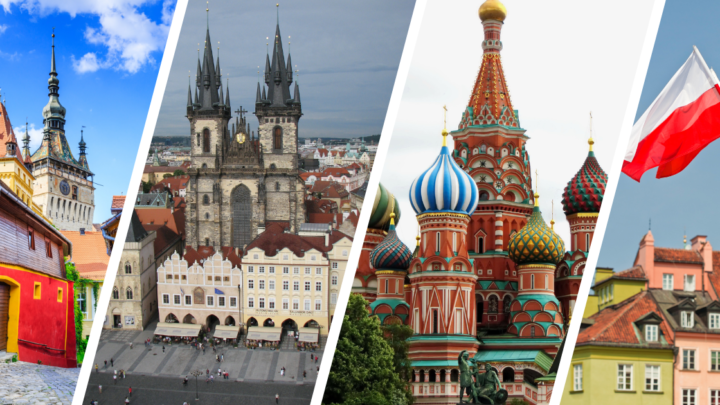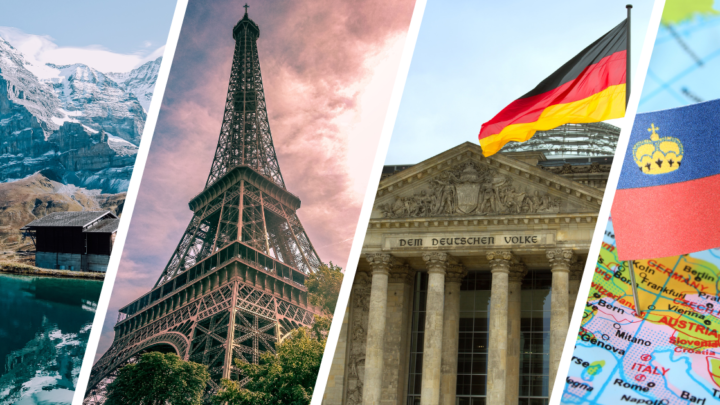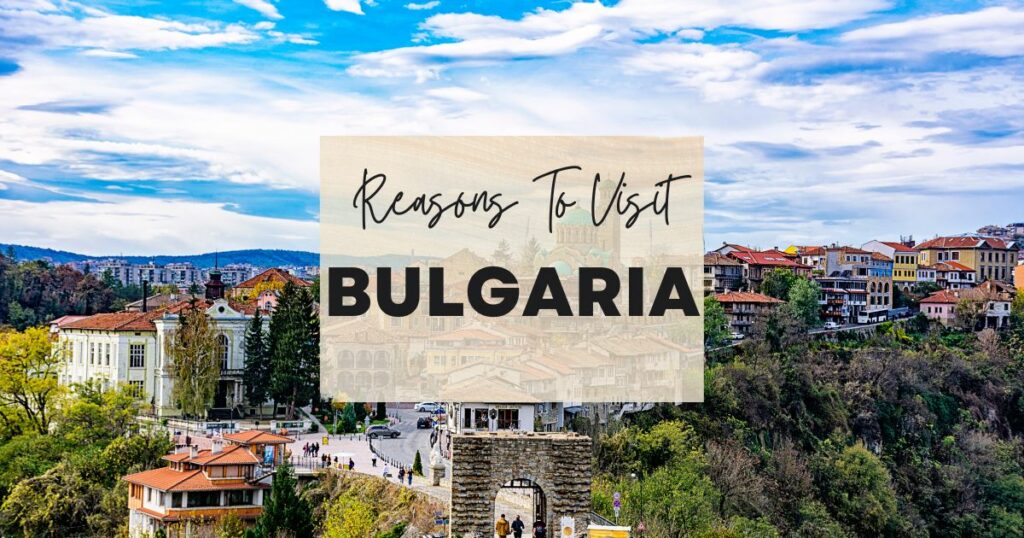Where should you go for the holidays? Try Bulgaria. For the best travel experience in Bulgaria, check out our curated list of things to do in Bulgaria and the best places to visit in Bulgaria below. We at Wondrous Drifter, a Web 3.0 travel startup, have big plans to shake things up in the travel business.
Table Of Content
Arbanasi
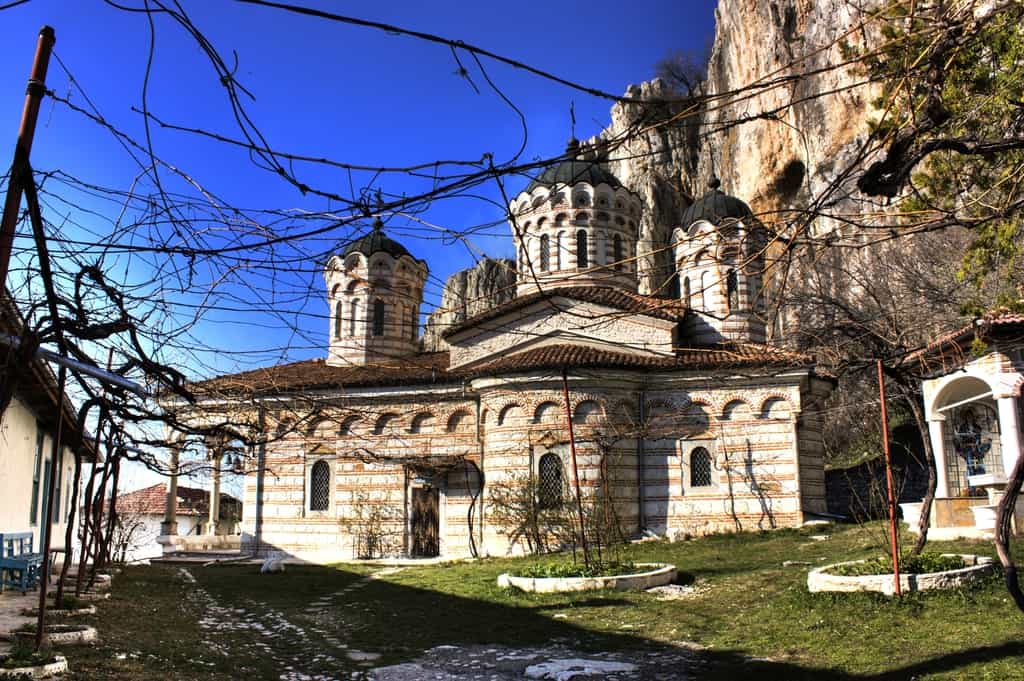
Visit a place that’s been around for centuries.
Arbanasi is a small village perched on a hill about 5 kilometers away from Veliko Tarnovo. Arbanasi features gorgeous cobblestone lanes and antique residences.
It is surrounded by towering National Revival-style stone fences and fantastic views of Veliko Tarnovo and Tsarevets. The Arbanasi settlement is known to have existed during the Second Bulgarian State (1185–1393).
It was used as a vacation dwelling by the Bolyari, who lived in Tarnovo then. According to legend, the Tsar of Tarnovo minted and hid some coins.
Today, locals consider Arbanasi one of the most popular places in Bulgaria. In this small village, there are various hotels and eateries.
One of the best places to see is the Nativity Church. It contains some pretty frescoes from the 16th and 17th centuries.
You can also learn about how people lived in the past by visiting Konstantsalieva House, a typical National Revival-style house. Arbanasi is an archeological-museum reserve listed among Bulgaria’s top one hundred tourist destinations.
Come visit Arbanasi now when in Bulgaria.
Address: Arbansai, Bulgaria
Belogradchik Rocks & Fortress
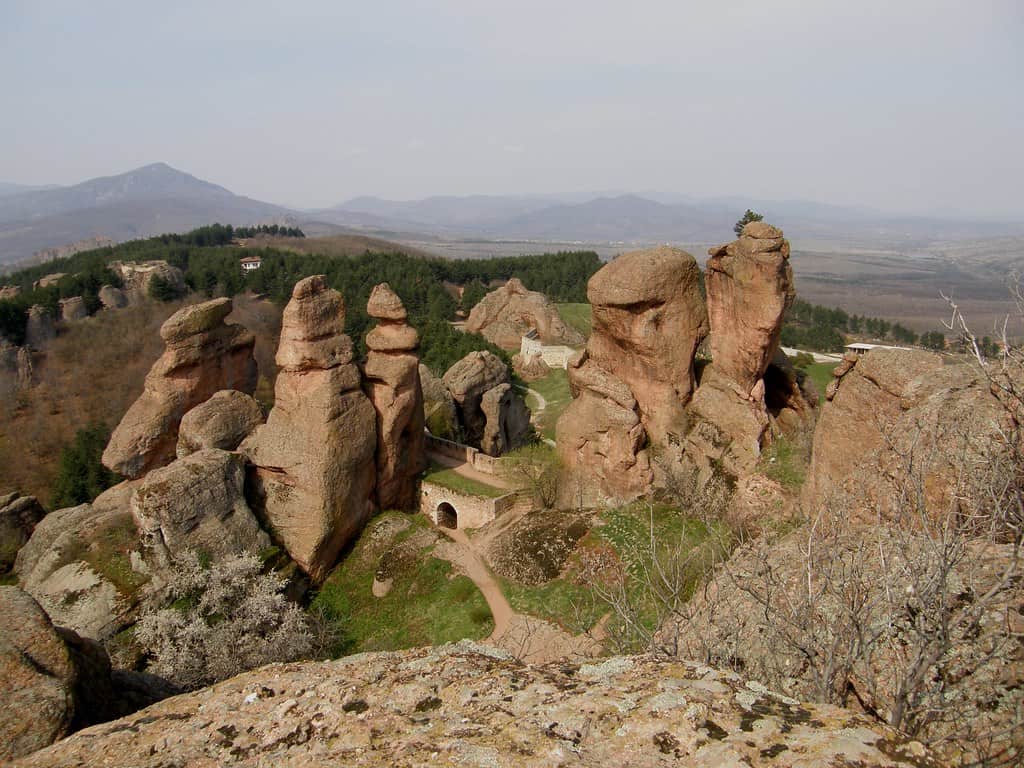
Undercover the bizarre legends behind this odd rock formation.
The Belogradchik Rocks are a 3 km wide and 30-kilometer long strip. Its rock formations reach about 200 meters in height.
They originated at the bottom of a sea due to compression (they started as sediment at the bottom of a shallow sea 230 million years ago) and erosion during the last 45 million years.
Hundreds of caverns have been unearthed among the limestone rocks.
Notably, Magura Cave features a cave bear and cave hyena bones, as well as cave paintings from 10,000 BC to 600 BC.
All rocks have names, and in the Madonna rock’s mythology.
The legend of the schoolgirl rock is quite similar.
Replace the nuns with a cruel schoolmaster; her love interest is a blacksmith.
This time she is being chased by the schoolmaster and flees into a bear, when—boom! They all turn into stone again.
Learn more about the legends behind this rock now.
Address: Belogradchik, 3900, Bulgaria
Etar
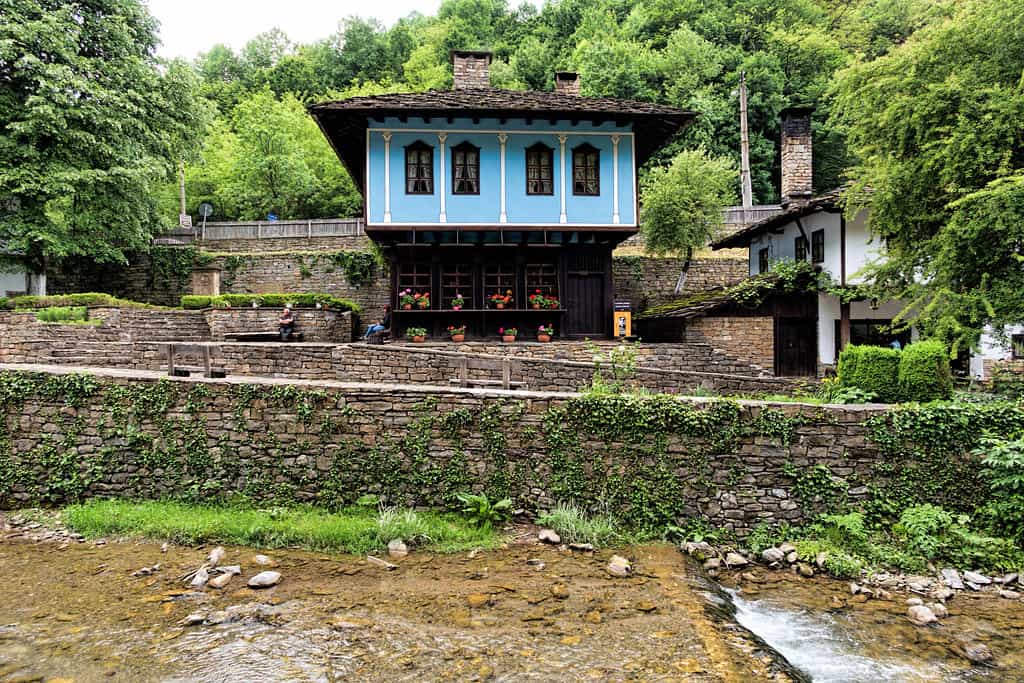
Visiting museums is not always the ideal approach for everyone to learn about a culture or, more broadly, a country. It’s totally different in this case.
It’s different for Etar because the Ethnographic Complex is an open-air museum and a miniature replica of Gabrovo’s craft town during the National Revival Era.
This location’s tranquility, which is beside a river, made tourists feel very at ease.
The most important aspect of the collection is that all the artifacts are used as they were in the past.
This lovely structure has Bulgaria’s only collection of archaic, water-powered facilities — laundry mills, wheat mills, a fulling mill, a grinding wheel, etc.
This Etar museum is a typical settlement depicting Gabrovo’s architecture and way of life.
This period also coincides with the region’s economic and artistic resurgence.
Gabrovo’s products were sold to Bucharest, Vienna, Marseille, and Anatolia at the time.
Etar is constructed on the ruins of an old settlement.
It has 50 sites, all located on a main commercial strip, and feature buildings with craft workshops (bell-making, pottery-making, furriery, copper vessel making, etc.).
There are also some water facilities, a church, a school, and a cavern.
You will have a chance to sample traditional Bulgarian cuisine, bridges, and the clock tower and try to see others attractions.
Come and see this unique open-air museum now.
Address: 5309 Etar, Gabrovo, Bulgaria
Bulgaria will surely surprise you with its many wonders! Discover more using our travel guides to Sofia. Look over for more wonderful things to do in Sofia,Bulgaria.
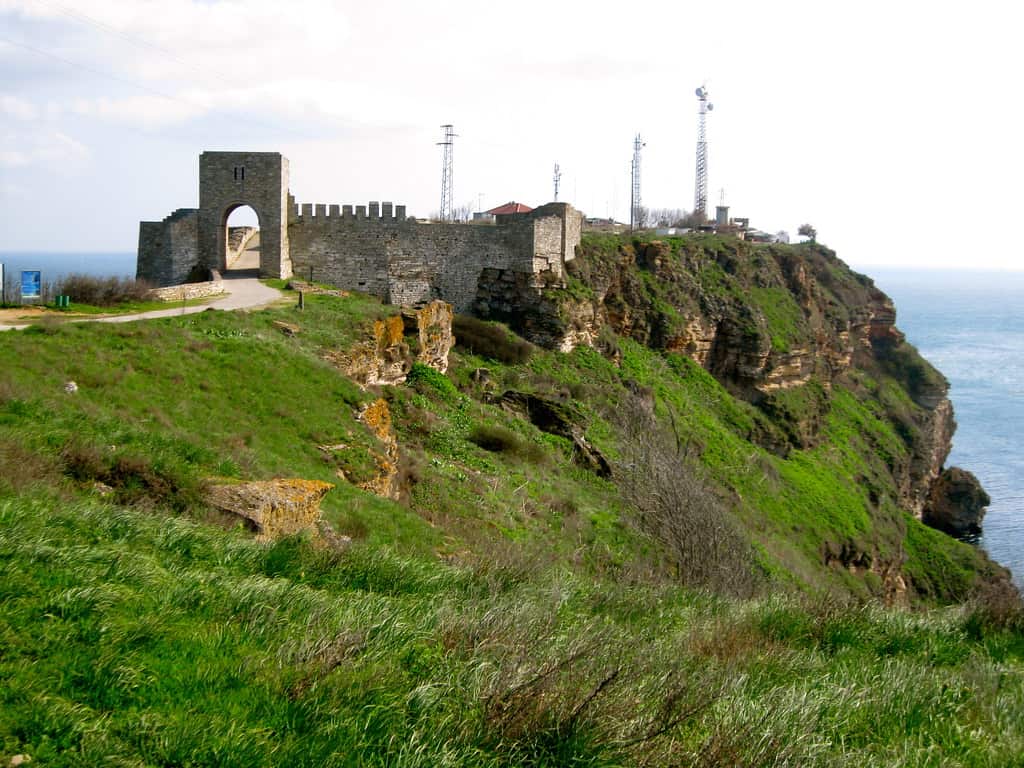
A place where many fights and tragedies have occurred, notably the 40 maidens who jumped into the sea.
Cape Kaliakra, on the Black Sea coast of north Bulgaria, has long been the center of local myths and legends.
This picturesque, grassy peninsula may appear tranquil today.
Still, it has seen temples, fortifications, and wars in the past.
You can get the chance to see one of the most brutal naval conflicts, the Black Sea.
Kaliakra was established by a Thracian tribe known as the Tirizi somewhere about the 4th century B.C.
It was long before the 1791 Battle of Cape Kaliakra ended the Russo-Turkish War.
Later occupants of this stretch of shoreline included the Romans, the Byzantines, the Bulgarian Empire, the Ottoman Empire, and the Kingdom of Romania.
You can check out its remarkable history.
Visit this legendary location if you like history!
Address: Balgarevo, 9660, Bulgaria
Kazanlak Tomb
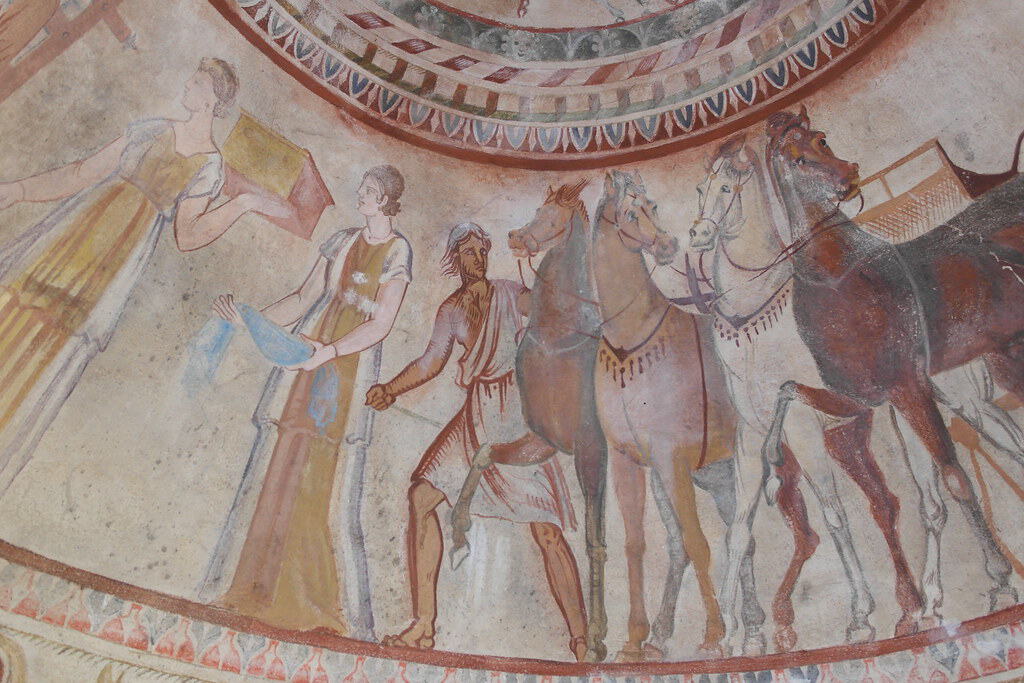
A magnificent burial site that’s UNESCO-protected.
The Thracian Tomb of Kazanlak was unearthed in the 1960s in the heart of Bulgaria’s fragrant Rose Valley.
The tomb, a vaulted brickwork “beehive,” is part of a larger Thracian necropolis.
It includes a corridor and burial chamber with murals designated as a UNESCO World Heritage Site.
The murals adorn the necropolis are particularly interesting because they portray a ritual burial feast, fancy horses, and typical farewell gestures.
These paintings near the ancient Thracian capital of Seuthopolis are one of Bulgaria’s best surviving Hellenistic antiques.
The tomb is thought to have been constructed in the latter decades of the 4th century BCE.
On the top of a rocky hill, The Thracian religion of the dead required three chambers.
An antechamber for the chariot, horses, or enslaved people that escorted the dead to the hereafter; a hallway for objects needed in the afterlife; and a burial chamber for the body itself.
See this remarkable tomb on your next trip to Bulgaria.
Address: Kazanlak, 6100, Bulgaria
Melnik
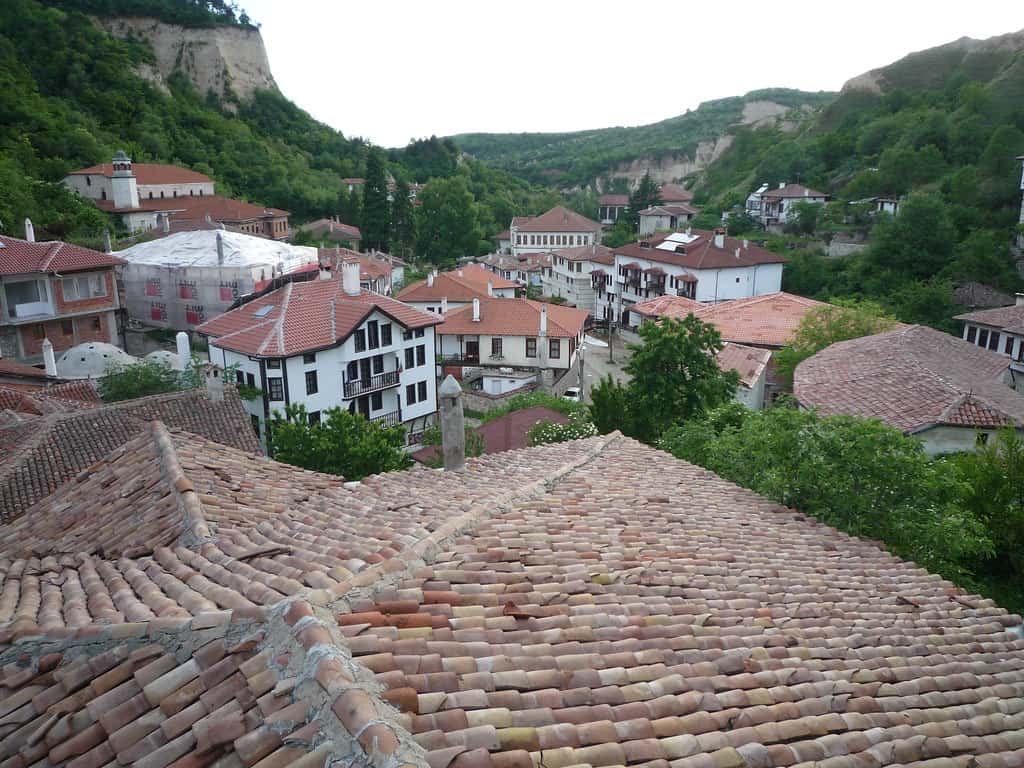
A stunning historic town nestled in the mountains.
Melnik is Bulgaria’s smallest city by a long shot.
Due to the city’s illustrious history, it can only keep its incorporated city status on an honorary basis.
Nearly 100 of the city’s barely-more-than-that structures have been classified as historic landmarks.
Melnik, founded over 1,000 years ago in the 9th century, has passed through many hands.
Europe has been ravaged by conflict, belonging to the Bulgarian Empire, the Ottoman Empire, Bulgaria, Russia, and then Bulgaria again.
Only three of the town’s once-over-70 churches are currently operational.
The church of St. Antony, the only one dedicated to this saint in Bulgaria, is one of the most important.
Mentally ill persons are said to be able to heal themselves by sleeping under the church’s roof for several nights.
Unlike other Bulgarian Orthodox churches, the walls of this one are decorated in calm murals of flowers and plants rather than biblical subjects.
If you’re in Melnik on a bright day and feel like going for a trek, make sure to get up to the St. Nicholas plateau.
The ruins of various churches, monasteries, and Despot Slav’s stronghold walls may be found.
From there, the views of the Melnik Pyramids are spectacular.
With lots to do, make sure to visit Melnik now.
Address: melnik, Sandanski, Melnik, 2820, Bulgaria
Nessebar
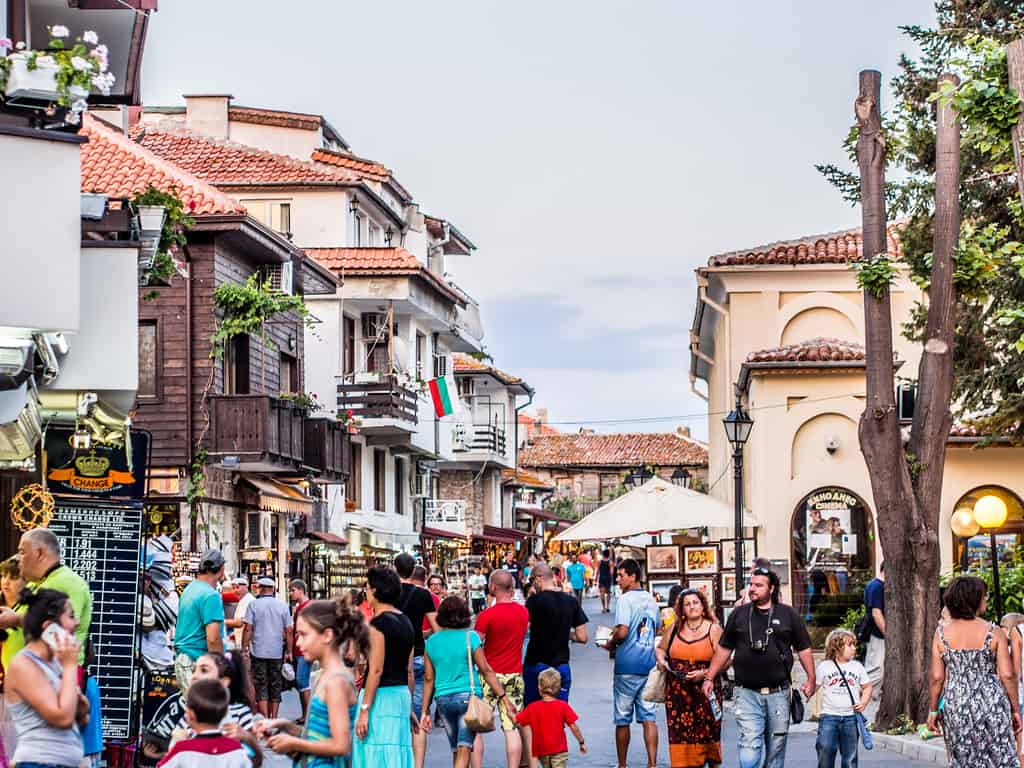
It’s regarded as the “Pearl of The Black Sea.”
Nessebar is one of the Black Sea Coast’s most attractive towns.
The Old Town is situated on a narrow peninsula that juts into the sea.
Walking towards the Old Town, you’ll come across one of Bulgaria’s few remaining windmills.
In Nessebar, visit the historic churches and wander along with the Thracian defenses.
Stroll the cobblestone streets lined with wooden houses from the nineteenth century.
Nessebar is like an open-air museum, where visitors may learn about 3,000 years of history.
The old city is a UNESCO World Heritage Site that gets somewhat crowded in the summer.
Visit Sunny Beach, Bulgaria’s largest and most well-known beach resort.
Sunny Beach is known for its wild nightlife and energetic atmosphere both day and night.
Constant activities and events are going on for everyone.
The young generation, however, primarily visits parties and the Beach.
Visit this wonderful city built on a peninsula now.
Address: Nessebar, Bulgaria
Pliska
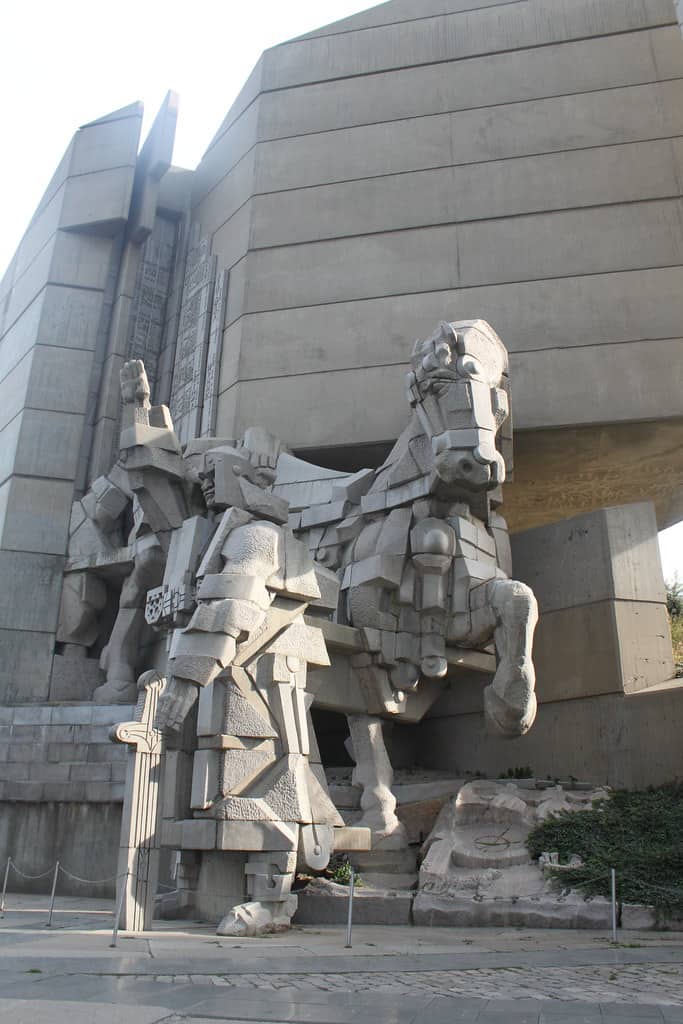
Calling all history geeks! This is a place you would hate missing out on.
Pliska, the name given to the capital of the First Bulgarian Kingdom by its founders in the 7th century, means “first city, center.”
They chose a spot where key commerce routes crossed, and the terrain was ideal for animal husbandry.
Thousands of people now visit the site where Pliska once stood out of curiosity and awe for their forefathers.
The Pliska national historical and archaeological reserve is barely 2 kilometers from the new Pliska town.
Moreover, the 29 kilometers from Shoumen was recognized as a cultural monument in 1970.
Famous archaeologists from Bulgaria and abroad have been investigating the town’s ruins for decades.
Also, you will find the ruins of the Great Basilica, once Europe’s largest cathedral with a floor space of over 3,000 square meters. It was finished in 875 AD.
It was surrounded by an archbishop’s palace and a monastery.
The Basilica is integrally linked to Bulgaria’s Christianization, which occurred 1150 years ago.
There are current initiatives to restore the structure to its former splendor. As a result, an attempt at partial reconstruction has been made.
Visit the ruins of the former largest European cathedral, now at Pliska.
Address: Pliska, Bulgaria
Plovdiv
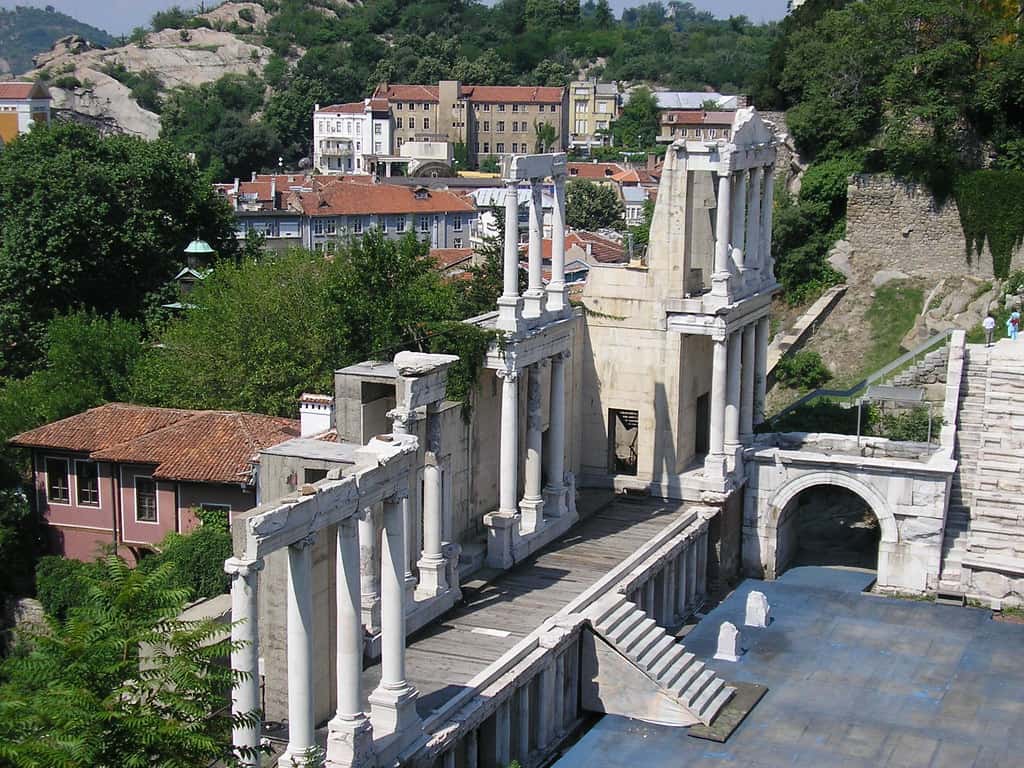
Visit the oldest city in the whole of Europe.
Plovdiv, Europe’s oldest city, has been constantly inhabited since the sixth millennium B.C. It is also one of the oldest on the planet.
Thracians founded the city, which they seized in the fourth century B.C. by Philip II of Macedon, the father of Alexander the Great.
For a time, the city was known as Philippopolis in his honor.
Plovdiv, in southern Bulgaria, has transformed into an actual museum of Bulgarian history.
Plovdiv was formerly one of the most significant cities in the Roman Empire.
Today, visitors can see the Roman Amphitheater, still used as an open-air theater, the Roman Forum, the Eirene Residence, and the Roman Stadium.
The Old Town has an entirely different vibe with its cobblestone streets and colorful National Revival palaces, the majority of which have been turned into museums.
For stunning views of the city, climb to the summit of one of the city’s seven hills.
Ancient Plovdiv is on the UNESCO Preliminary List of World Heritage Sites.
In 2019, it was named the “European Capital of Culture.”
Visit a city that could literally boast about its age.
Address: Plovdiv, Bulgaria
Rila Monastery
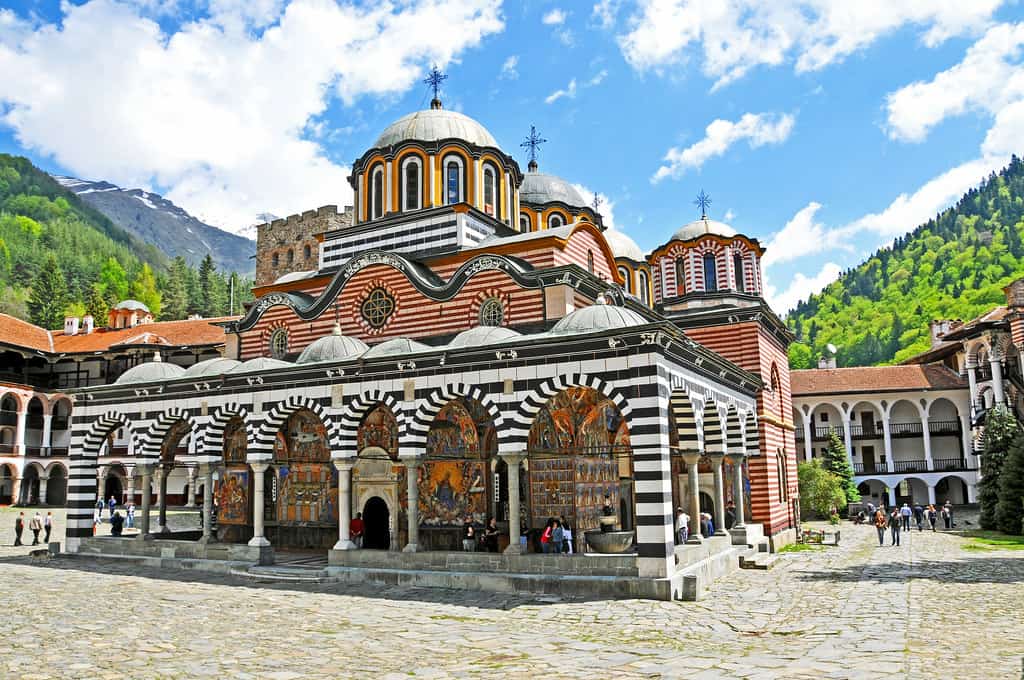
Experience seeing this unique black and white monastery.
Rila Monastery, a fortress-like structure in the highlands, has undergone multiple renovations to become the jewel-like complex it is now.
The first and most prominent monastery in the Rila Mountains, located at 1,147 meters, has a complicated history.
Rila Monastery was built in the 10th century in honor of the hermit St. Ivan of Rila (St John of Rila).
He spent the last 20 years of his life in relative seclusion, praying in a cave four kilometers away.
St. Ivan was regarded as a saint during his lifetime.
Thousands of devotees pilgrimage to the remote cave to obtain his blessing.
Visitors and pilgrims can still climb from the monastery to the saint’s cave.
The Rila Monastery continues to draw thousands of visitors despite its remote location.
Visitors are greeted by monks who live there.
In their black cloaks and caps, they are occasionally seen going across the courtyard, often accompanied by a cat.
Visitors who choose to stay in the monks’ quarters for an extended amount of time can do so and get a glimpse of monk life.
Visit one of Bulgaria’s architectural jewels now, the Rila Monastery.
Address: Rila Monastery, Rilski Manastir, 2643, Bulgaria
Ruse
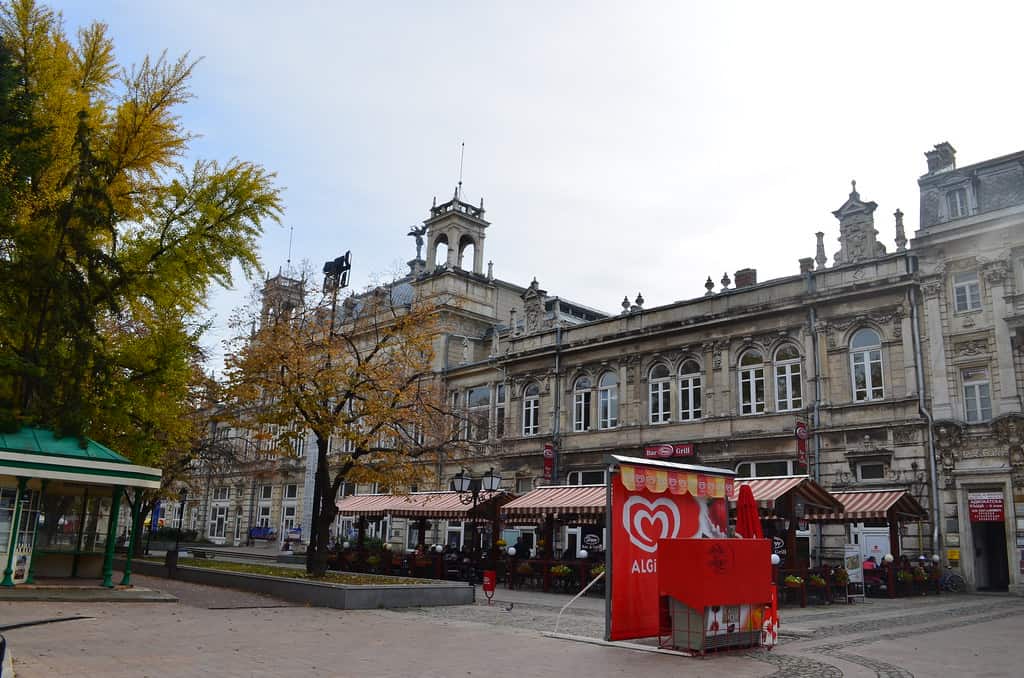
Meet Bulgaria’s most regal city.
Ruse is the fifth-largest city in Bulgaria. On the banks of the Danube River, some 300 kilometers northeast of Sofia and 75 kilometers south of Bucharest, Romania.
This stunning city, often known as Little Vienna, is one of Bulgaria’s most elegant cities.
Unlike any other Bulgarian city, Ruse has a sense of grandeur, thanks to its Neo-Baroque or belle époque architecture from the 19th and 20th centuries.
The city’s great heart, Plaza Svoboda, is overshadowed by leafy avenues, promenades, and squares.
The remarkable central feature, an immense Monument to Freedom, is situated against the backdrop of The Profit Yeilding Edifice, a magnificent Viennese-built building.
Around 18 streets radiate from the central square, where all of Ruse’s areas of interest are located, making it relatively easy to tour the city.
Some highlights are: taking a Danube cruise or simply strolling along the river.
Plan on being in Ruse for a more extended time. You can visit the Rock-Hewn Churches of Ivanovo, a UNESCO-listed complex of churches, chapels, and monasteries.
Visit this beautiful city when in Bulgaria.
Address: Ruse, Bulgaria
We don’t go on trips so that we can hide from life, but so that it can’t hide from us. Unfold your map and locate your next destination. Do some sightseeing. Experience different cultures around the world by checking out the list of the traveling around the world guide. If you’re going to travel the world, you have to visit the United States first. America is full of hidden gems for you to discover throughout your journey. Click here for the best places to visit in each state in USA.
Seven Rila Lakes
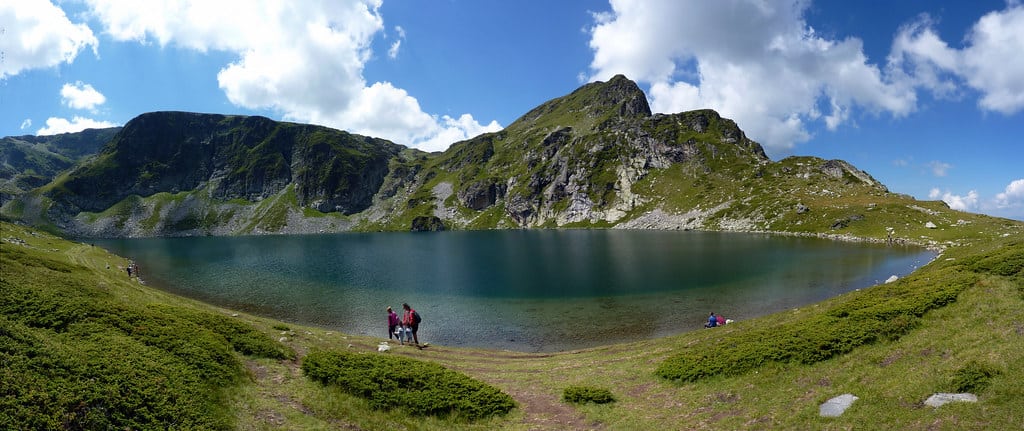
Yes, there are actually seven different lakes.
Each lake is given a name based on its shape or feature. They are The Lower Lake, The Trefoil Lake, The Fish Lake, Twin Lake, The Eye Lake, The Kidney Lake, and The Tear Lake (not by order).
Lake Mount, a mountain range above them, provides the best panoramic view of all but one of the lakes.
Plan to start early because seeing them all will take at least three hours.
It’s a good idea to spend the night near your starting location at one of the chalets to avoid hurrying.
All of the Rila Lakes are glacial in origin.
Each lake is slightly higher than before, at an elevation between 6890 and 8200 feet (2100 and 2500 meters). Small streams connect all of the lakes.
The most fantastic months to visit the lakes are July and August, when the weather is warm and storms are rare.
However, remember that the park might become packed on hot weekends.
Weekdays during the summer are a superb option. In the winter, skiing and snowboarding are popular.
This undisputed natural wonder is definitely worth a visit.
Address: Seven Rila Lakes, Bulgaria
Sofia
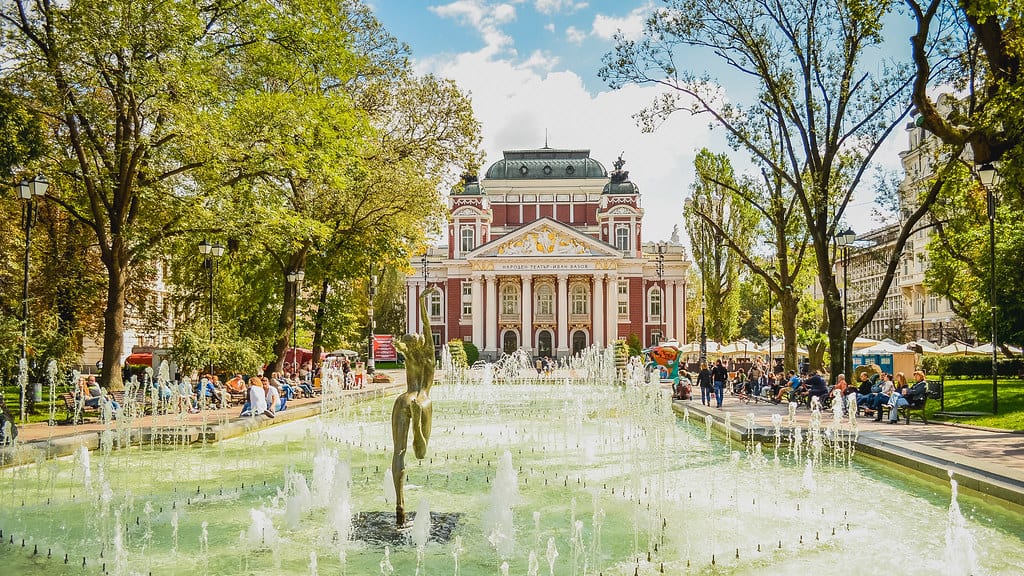
The vibrant capital of a country that has spanned centuries.
It is worth a day or two in Sofia’s capital, which is often disregarded in favor of going to the Beach or hitting the slopes.
If only to better understand this fascinating Balkan country’s colorful history.
Sofia shines a light on the friction, tenacity, and perseverance that has created Bulgaria, with its history anchored in Ottoman culture and socialist struggle.
Sofia, Europe’s second-oldest colony, isn’t a big city but is rich in culture, with galleries, museums, parks, and nightlife.
The modern and youthful city feels slightly eclectic with a dash of the exotic, peppered with onion-domed churches, Ottoman mosques, Red Army monuments, and a treasure trove of 2000-year-old Roman remains.
Sofia is a pleasant city, with wide boulevards lined with outdoor cafes, vast parks, and well-kept gardens.
Sofia is positioned at Vitosha Mountain’s base, providing visitors with chances for trekking and skiing.
Visit Bulgaria’s capital now, and it’s 100% worth it!
Address: Sofia, Bulgaria
Sozopol
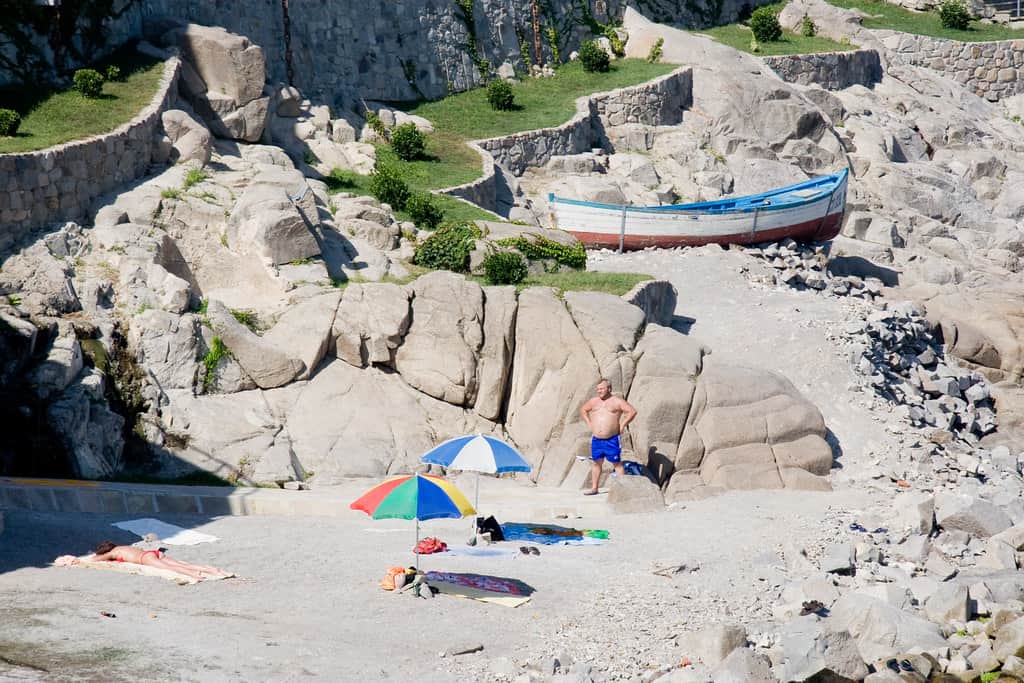
A charming old fishing village.
Sozopol Beach is located 35 kilometers south of Burgas on the Black Sea coast. Sunny Beach and Varna are two popular, heavily commercialized coastal vacation cities in Bulgaria.
On the other hand, the laid-back ambiance and picturesque surroundings of Sozopol appeal to the more discerning beachgoer.
Sozopol is rich in natural and historical splendor.
The town has been designated an architectural and archaeological refuge in addition to beautiful expanses of white sand and crystal clear water.
“Antique Sozopol” is a maze of lovely cobblestone alleyways dotted with 18th-century Bulgarian Revival homes designated cultural monuments.
The 5th-century castle on the peninsula’s southeastern tip has been renovated to serve as a picturesque clifftop boardwalk along the seafront.
The medieval wall has been elegantly blended with historical monuments, restaurants, and boutique accommodation houses.
Visit this beautiful seaside village now.
Address: Sozopol, Bulgaria
Stob Pyramids
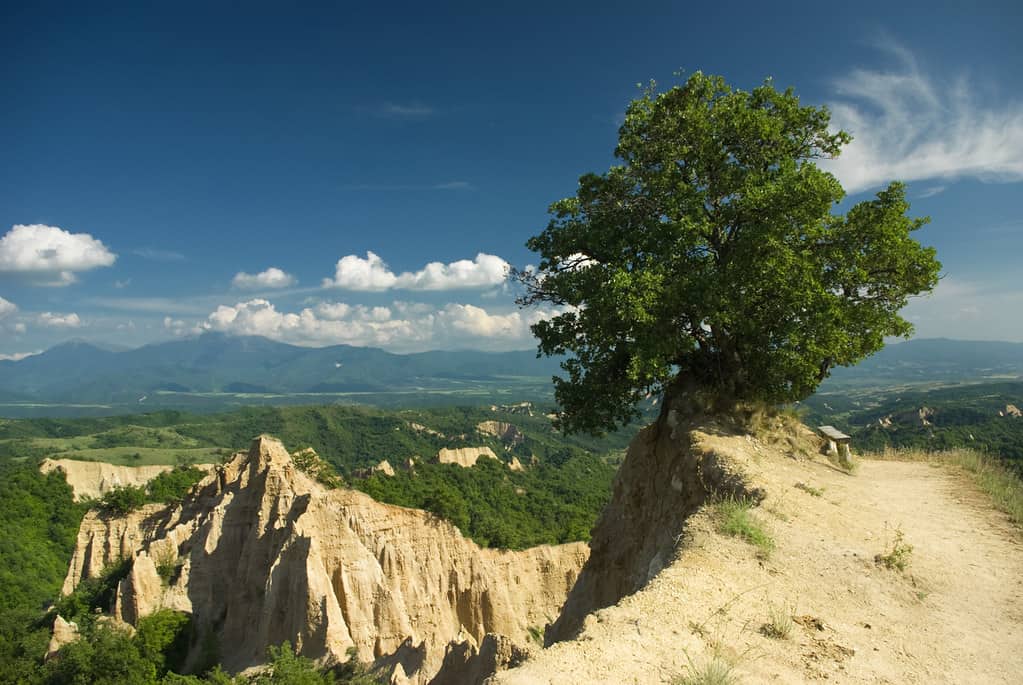
It isn’t only Giza that has pyramids!
The Stob sandstone pyramids are one of Bulgaria’s most prominent tourist attractions.
They are in the vicinity of the southwestern Rila mountain range, near the settlement of Stob (Kapatishkiya).
The Wedding Couple, The Towers, The Hammers, The Snaggle-tooths, and more formations have been given names.
As you travel farther north, you’ll see other pyramids nearby.
At dawn or by night, the pyramids are most picturesque.
The Stob Pyramids have similarly beautiful and unique shapes as the well-known Melnik Pyramids.
Furthermore, Stob Pyramids are visible when climbing up a trail or taking the road along a beautiful creek.
Stob’s Tourist Center offers free guides and brochures in different languages.
Visit these pyramids now on your next adventure to Bulgaria.
Address: 2638 Kocherinovo, Bulgaria
Trigrad Gorge and Devil’s Throat Cave
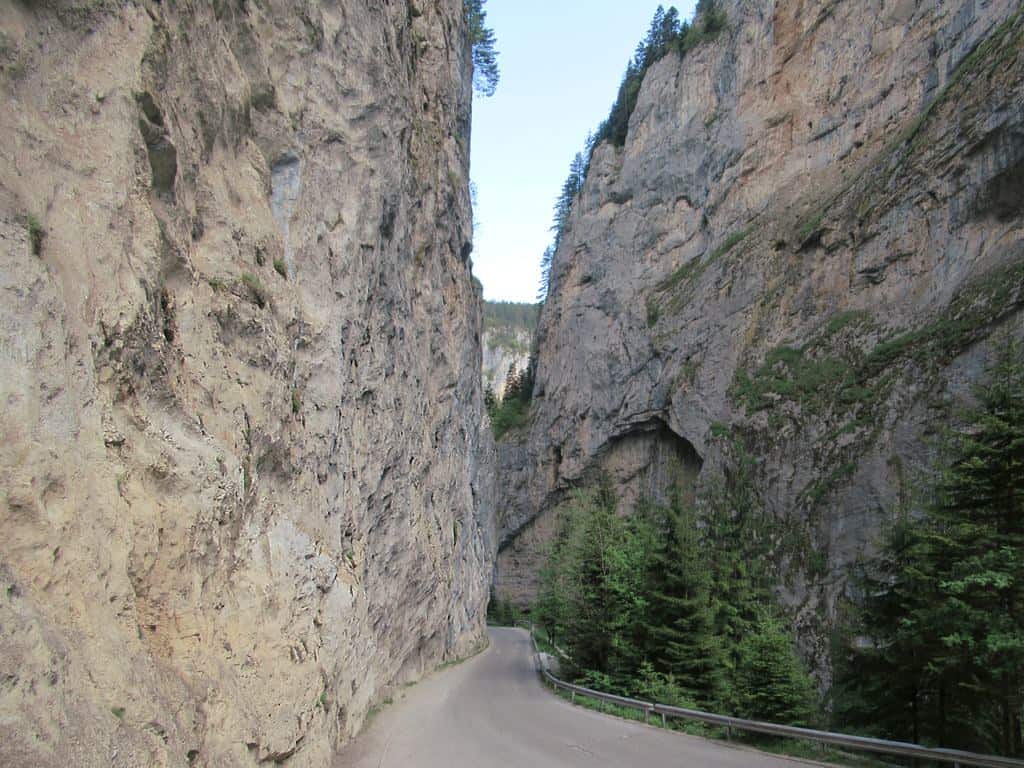
Experience seeing a cave that resembles the devil.
The Trigrad Gorge is, without a doubt, one of Bulgaria’s most picturesque locations.
The Trigrad River cuts a 7-kilometer canyon across the Rhodope Mountains in southern Bulgaria.
The gorge’s single road connects Trigrad to the neighboring town of Devin, which is squeezed between the river on one side and the cliffs on the other.
The Devil’s Throat, located at the bottom of the gorge’s most giant cliff, is the area’s most popular tourist attraction.
The river cascades into the cave, creating a stunning 42-meter underground waterfall.
Nothing brought into the Devil’s Mouth Cave by the river ever surfaces on the other side, which is the cave’s most intriguing aspect.
Meanwhile, some residents are apprehensive about crossing at night for various reasons.
According to one myth, the head builder’s wife died during construction, and her shadow was enclosed in the structure.
According to another legend, the devil’s footprint can be spotted on the rocks.
While much of this is folklore, its towering form makes for an eerie sight in the dark.
See this unique cave now if you dare!
Address: 197 Yagodina, 4825, Bulgaria
Tryavna
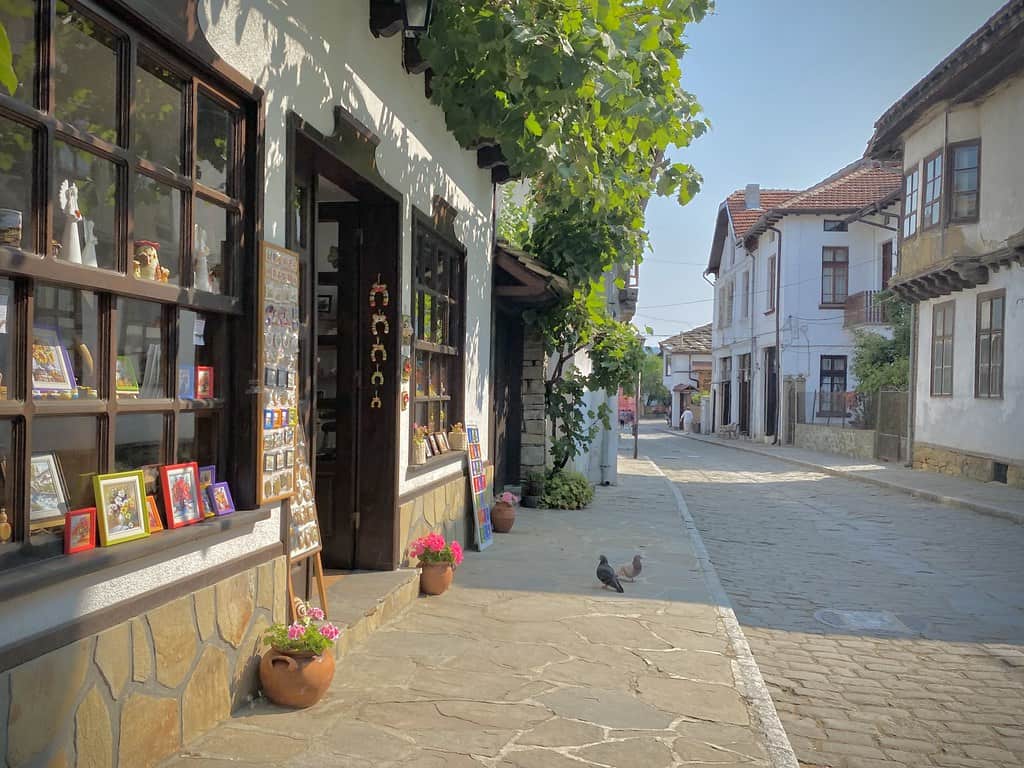
A popular weekend getaway from the hustle of the city.
Tryavna village in Central Bulgaria, around 250 kilometers from Sofia and Varna, is 440 meters above sea level.
The settlement is located at the base of Stara Planina’s northern slopes (Old Mountain, the Balkan). Tryavna has a population of around 10,000 people.
Tryavna has retained its Bulgarian Revival character in the central Balkan Mountains.
Its location in the highlands provides fresh air, fascinating local museums, delicious restaurants, and many other options for an ideal romance weekend.
Indeed, Tryavna is a popular weekend hideaway for Bulgarians and a suggested site for any foreign traveler looking to experience the authentic Bulgarian culture.
It’s one of those areas where the classic National Revival architecture has been successfully preserved.
It’s as if you’ve stepped back in time, but instead of being in one of those open-air museums, you’re in the heart of a bustling metropolis.
Tryavna is known for its crafts, and you should visit the Daskalov House to see the wood-carved ceiling pieces.
Moreover, you’ll be able to hear how an apprentice, woodcarver beat his master in a competition for the most beautiful ceiling design.
Come and visit Tryavna for a weekend on your next visit to Bulgaria.
Address: Tryavna, Bulgaria
Veliki Preslav
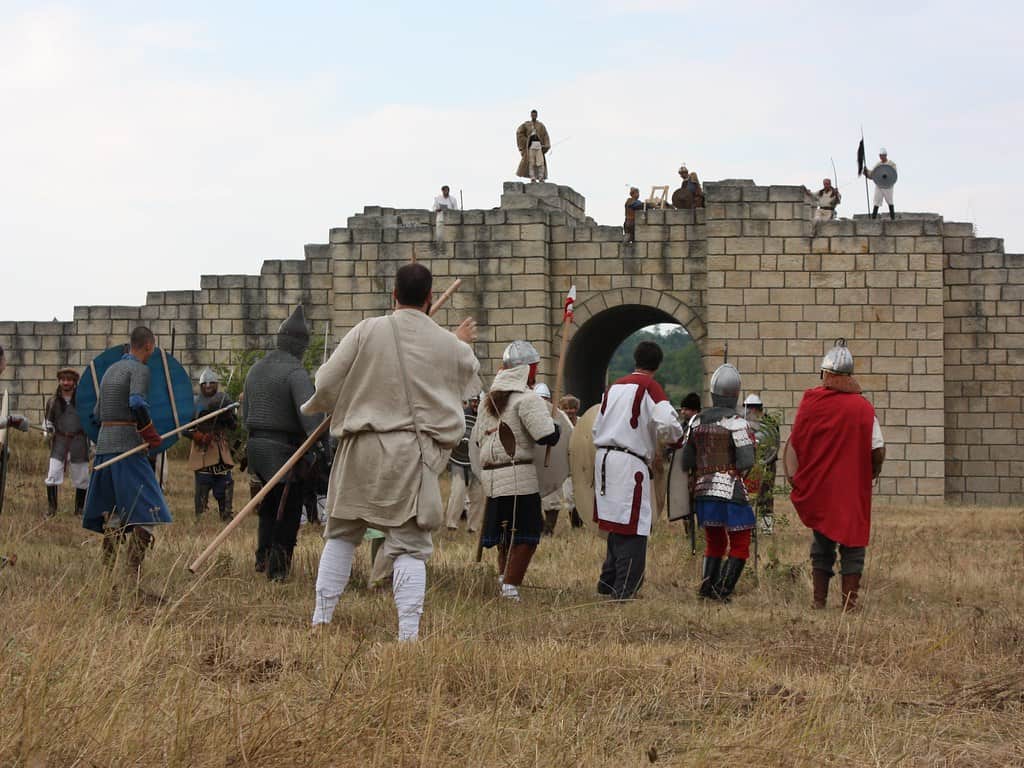
A beautifully preserved Slavic town.
During the so-called Golden Age (893–972), Veliki Preslav was Bulgaria’s second capital. This was when Bulgaria was one of Europe’s most powerful countries, resulting in a cultural explosion.
Preslav was the previous capital of the First Bulgarian Empire, and it was a significant city in the Middle Ages.
Preslav’s remains are only a hazy recollection of the city’s importance in the last century of the Early Middle Ages.
The remains, located in the Shumen province in modern-day Bulgaria’s northeastern area, have been designated as an archaeological reserve.
Veliki Preslav was a thriving literary and spiritual center under Tsar Simeon the First’s rule.
It is adorned with the ruins of enormous palaces and other notable structures that formerly stood on a plateau.
You should also visit the local archeological museum while in Veliki Preslav. The ideal way to see Veliki Preslav combines it with a trip to Pliska.
Reminisce on what the golden age was like at Veliki Preslav now.
Address: Veliki Preslav, Bulgaria
Veliko Tarnovo
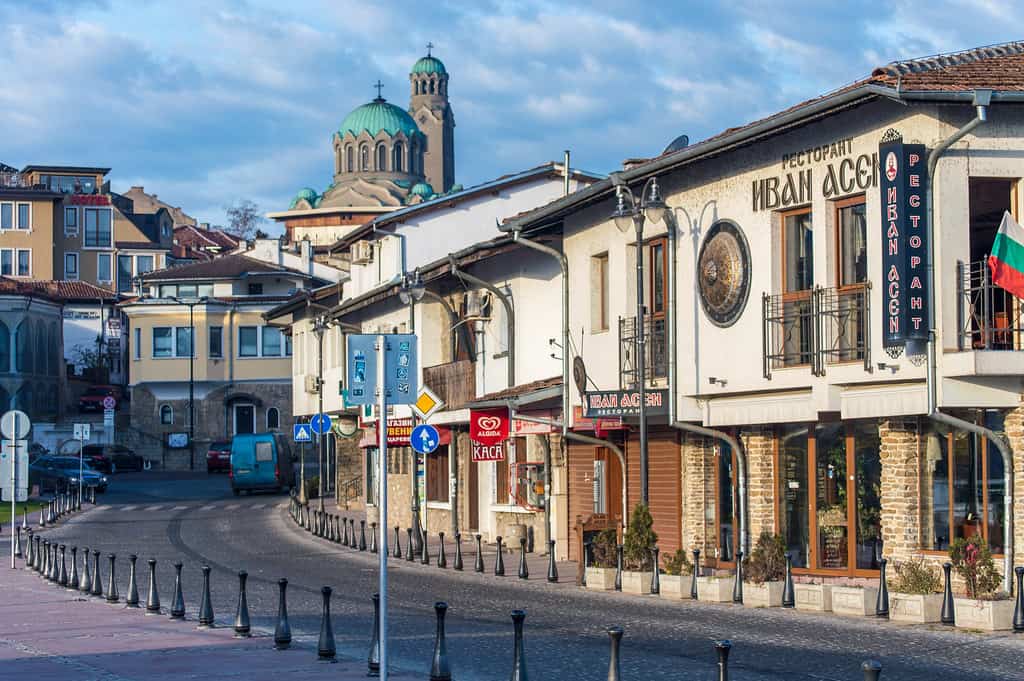
Travel back in time to “The City of Tsars.”
Veliko Tarnovo, the Second Bulgarian Empire’s capital, was located in northern-central Bulgaria, some 120 kilometers north of Sofia.
It’s a small town with a lengthy history and a few breathtaking sights. Veliko Tarnovo is a must-see site in Bulgaria.
The Tsarevets Fortress is, without a doubt, Veliko Tarnovo’s most famous attraction, and for a good reason.
It is, in fact, one of Europe’s most stunning medieval monuments.
A massive wall surrounds the stronghold, and the hill’s supremacy makes it a magnificent sight for anyone who visits it.
The old town of Veliko Tarnovo, paved with cobblestones and full of intriguing local stores, museums, and Orthodox churches, is charming to roam around.
Veliko Tarnovo’s hills and the Yantra River used to be natural barriers that were nearly hard to overcome.
Despite this, Veliko Tarnovo is now one of Bulgaria’s most picturesque towns.
Visit this picturesque city now and fall in love with all the sights.
Address: Veliko Tarnovo, Bulgaria
Zlatograd
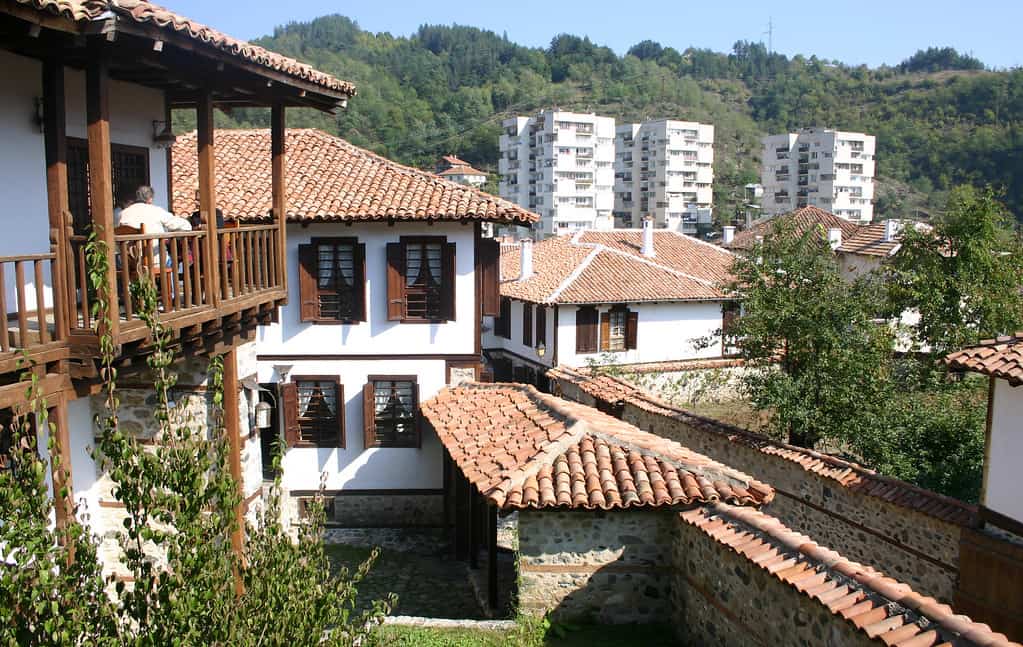
See beautiful Balkan houses at this location.
Zlatograd is a town in South-Central Bulgaria, 60 kilometers from Smolyan. Zlatograd, located along the Varbitza River between the East and West Rhodope mountain ranges, is barely 3 kilometers (1.8 miles) from the Bulgaria-Greece border.
The name was given because of the golden color of the tobacco leaves grown in this region of the Rhodopi (“zlato” means gold in Bulgarian). The town is small, yet it has a lot of gorgeous houses (about 60).
Its people are friendly, humble, and laid-back.
The Old Town is wonderfully attractive with its white homes, bay windows, and circular chimneys.
However, the Old Town was not restored and given new life as an ethnographic complex until 2001.
Zlatograd is an ancient town that has only been called so since 1934. Deljo Haidutin, the legendary national hero, was born here.
The Zlatograd Ethnographic Areal Complex is located in the town’s center.
It is an open-air museum that is also a part of residents’ daily lives.
The complex comprises an ethnographic museum, workshops, and a water equipment show.
Visit this old but gold city now.
You haven’t decided to go to Bulgaria yet, have you? Visit why visit Bulgaria at least once in your lifetime here.
Address: Zlatograd, Bulgaria

